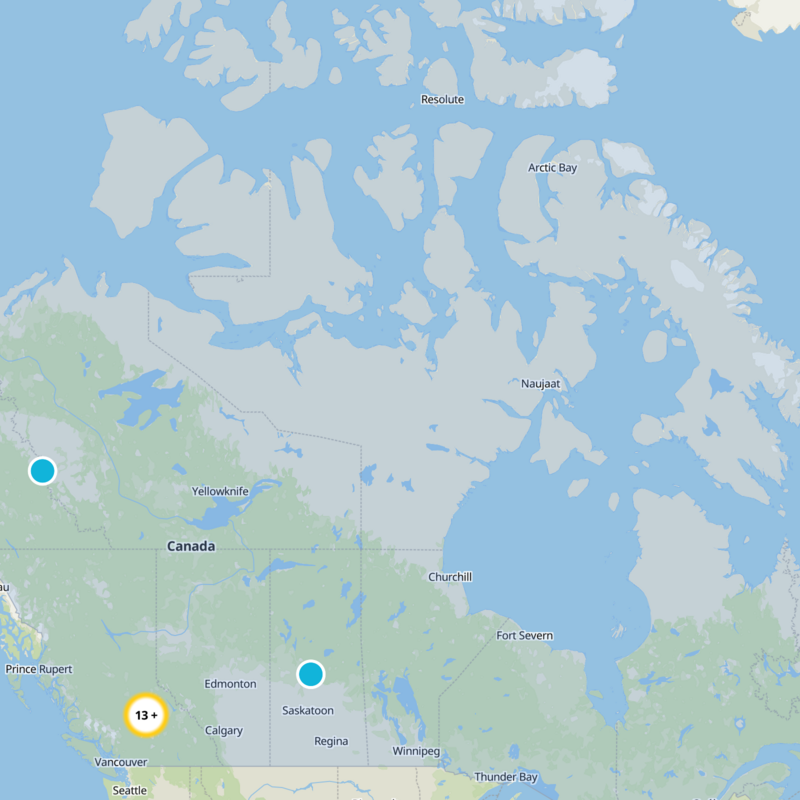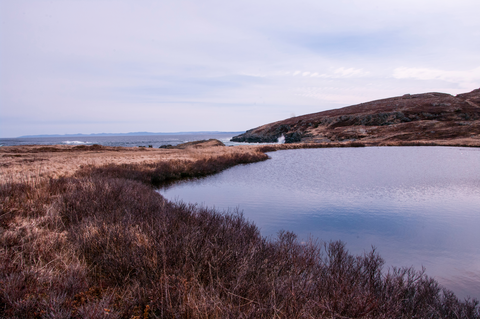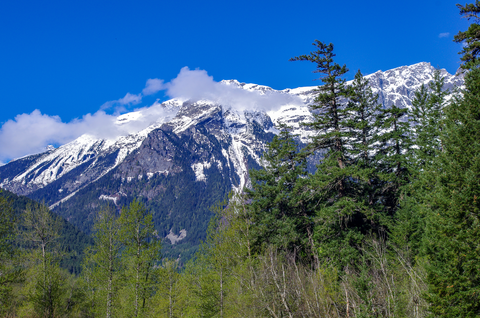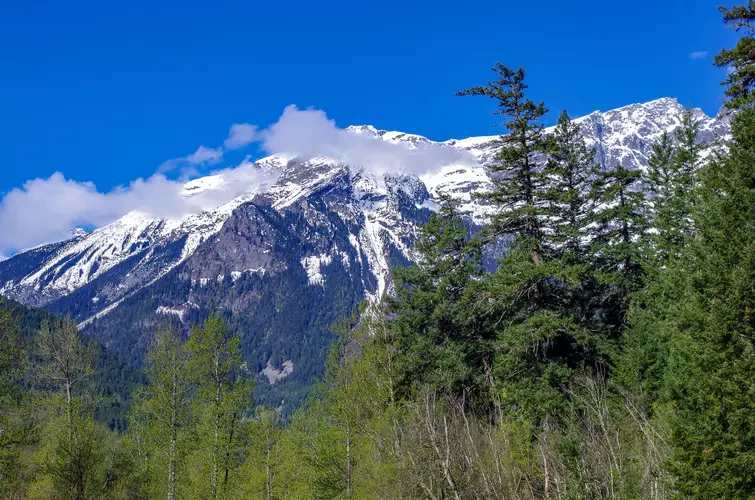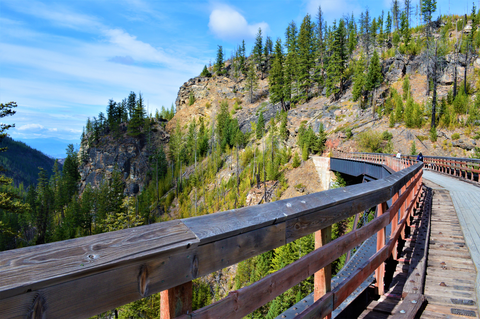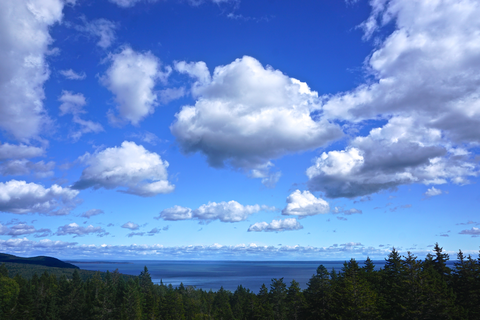"Explore Canada's breathtaking trails, revealing nature's grandeur from Rockies' peaks to Maritimes' shores."
Embark on a breathtaking journey through Canada's diverse landscapes, where every trail tells a story of nature's grandeur. From the rugged peaks of the Rockies to the serene shores of the Maritimes, Canada's trails offer unparalleled beauty and adventure. Discover the vibrant hues of autumn in Algonquin Park, the mystical rainforests of Pacific Rim, or the majestic glaciers of Jasper. Each step unveils a new wonder, inviting hikers to connect deeply with the wild, untamed spirit of this vast land.
Most popular hikes
FAQs about hiking in Canada

Winter (December to February) brings cold and snowy conditions to much of Canada. Hiking during this time requires proper preparation and experience in winter mountaineering. Popular winter hiking destinations include the Canadian Rockies, where snowshoeing and backcountry skiing are common activities. Be sure to check weather forecasts, trail conditions, and avalanche risk levels before heading out. Spring (March to May) brings a mix of melting snow, rain, and fluctuating temperatures. Trails can be muddy and slippery, so waterproof footwear and trekking poles are recommended. It's also important to stay informed about potential spring floods in low-lying areas.





